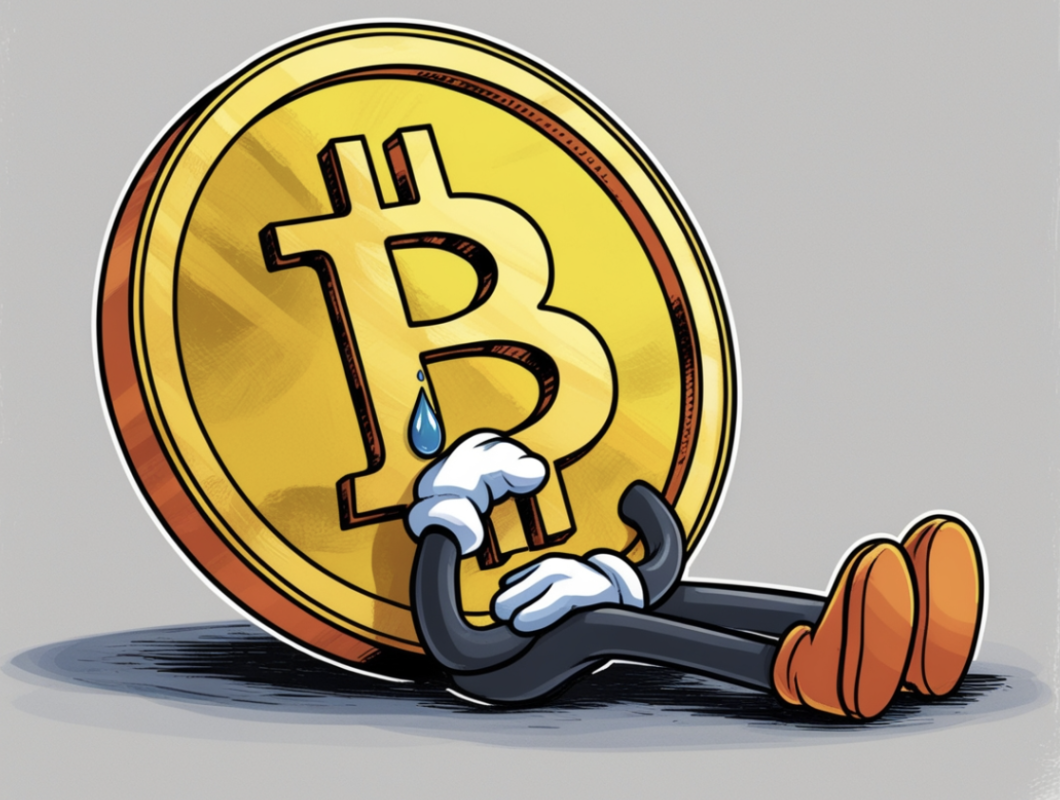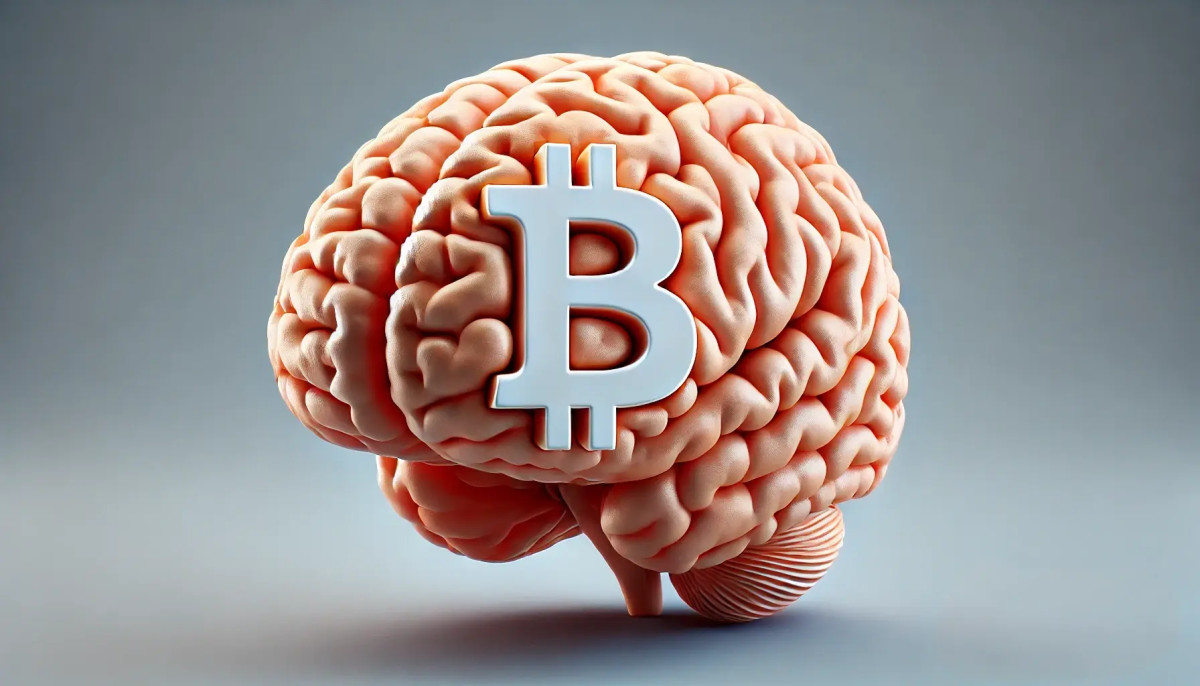This is a transcribed excerpt of the “Bitcoin Magazine Podcast,” hosted by P and Q. In this episode, they are joined by James Lavish to talk about gross domestic product, the bond market and how currencies are measured.
Watch This Episode On YouTube Or Rumble
Listen To The Episode Here:
James Lavish: GDP (gross domestic product) is so important to see just how much debt your country has versus how much you’re producing, and that’s becoming a glaring and really serious problem in Europe. It’s become a tremendously serious problem in Europe and they know it. That’s why the European Central Bank just raised rates for the first time in 11 years.
They were negative that whole time. So now they’re at zero. They’re at a zero interest rate and they have this problem. What do you think is gonna happen? The union has to break up. The writing’s on the wall. It’s clear. You’re seeing both a flight of capital from Europe into the U.S. dollar because both the yield — the U.S. Treasurys give you much more yield than you get in European Treasurys and German Treasurys, even). There’s a flight to safety. You want your money in dollars. You don’t want your money in euros if you’re a major investor. So, for those investors, and those institutions that have the leeway to own a certain amount of foreign-denominated securities and debt, they’ll do as much as they can because it’s a flight to safety and a flight to yield.
You’re seeing the same thing happen in Japan. We’ve talked about that before, where Japan is doing the same thing, unabashedly. They’re buying their 10-year treasuries and keeping that yield at 25 basis points. They’re keeping that yield low in order to keep energizing the economy. The problem is, as you keep that yield artificially low, then you have investors looking at yields elsewhere, like the U.S. and saying, “Okay, well I can get a better yield there. And so why am I going to stay here, owning these treasuries, when the Bank of Japan will buy them up, keep their yields low and I could instead go get 3% in a 10-year Treasury in the U.S.?”
Well, that forces you to sell yen-denominated bonds. Take your yen, sell those for dollars and buy the U.S. Treasurys. So it puts tremendous pressure on the yen.
You’ve seen the yen just spike, meaning it’s an inverse quote. So, when you see it go up from 120 or 115 up to 137, that’s the yield getting weaker. That’s the yen getting weaker; that’s the number of yen per dollar. One of the problems with currencies — I wrote something about this too — is that they’re quoted in all different ways. You’ve got inverse quotes in some of them, like GDP and yen.
Source link












